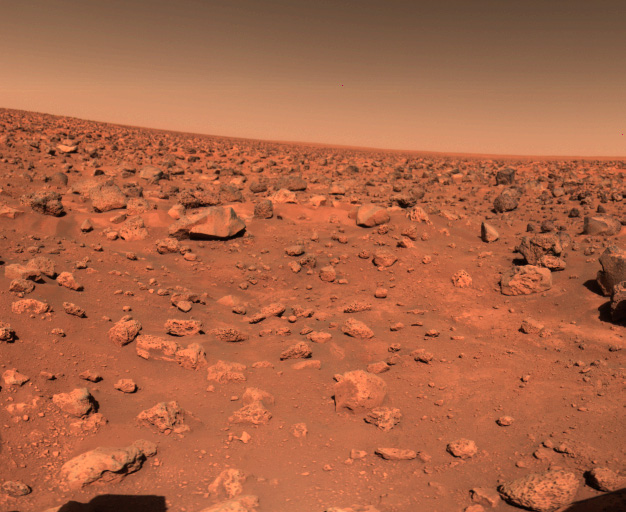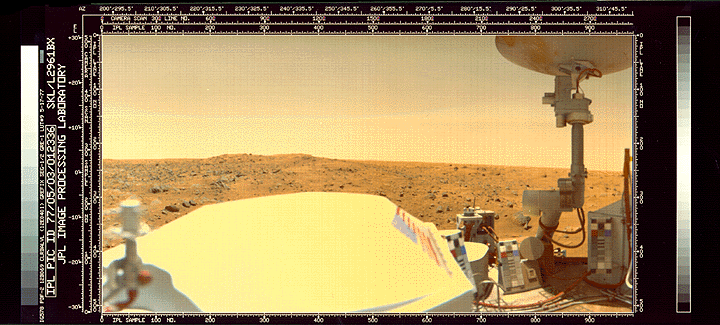At various conventions over the last several years I’ve worked at the Baen Books “Traveling Show.” I usually hand out things or help set up, and it’s always fun to see how exuberant Baen fans can be when they learn what’s coming soon from their favorite authors. This year at Dragon*Con Senior Editor Jim Minz ran the slide show, since Publisher Toni Weisskopf was in Australia for WorldCon, and the whole thing went very well.
During Dragon*Con I also attended similar shows by other publishers, to keep abreast of what to expect from the industry as a whole. I went to the Pyr, Del Ray, and Tor presentations, and in sum got a good look at what science fiction and fantasy publishers are buying.
Unfortunately, they’re not buying much of anything like what I’ve written. The only near-future, realistic science fiction I recall from any of the four presentations was Back to the Moon by Travis Taylor and Les Johnson, coming out from Baen in December. I saw a lot of fantasy, of many different descriptions, a lot of steampunk and alternate history, and even some hard science fiction, but only that one book tells a story that could happen in the next few decades.
I can’t help but feel that a subset of science fiction fans would like to read positive, realistic, near-future stories about folks exploring and colonizing our Solar system, but publishers don’t seem to buying stories like that. I guess I’ll have to keep track of how Back to the Moon does, to see whether or not my Walking on the Sea of Clouds has as much of an audience as I think it could.
I’d love to hear other opinions. What kinds of stories do you think readers would like, that publishers aren’t providing right now?



 by
by 















